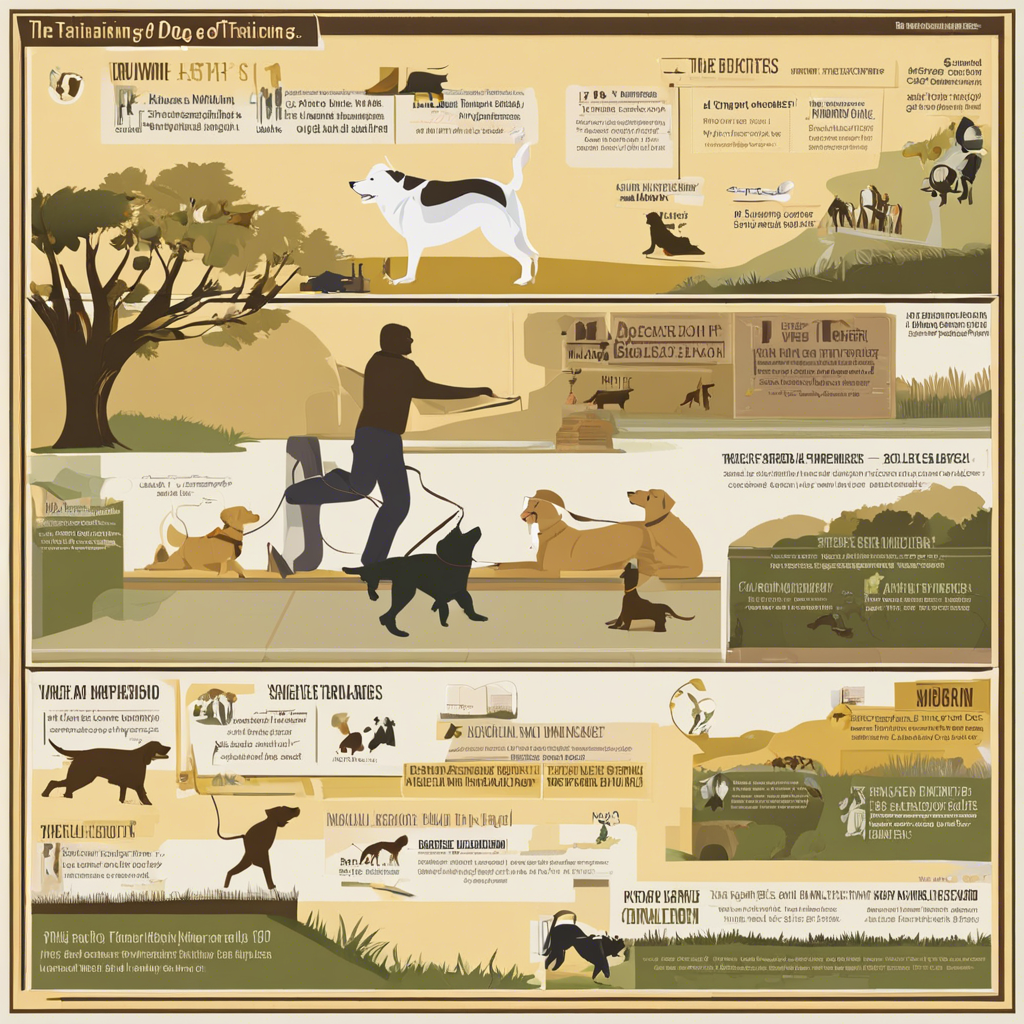Over the years, the methods of dog training have undergone a remarkable transformation, evolving from traditional approaches to modern, science-backed techniques that prioritize positive reinforcement and a deeper understanding of canine behavior. Dog owners and trainers now have access to a wealth of information and resources, enabling them to build stronger bonds with their four-legged companions while effectively addressing behavioral challenges. Let’s take a journey through the fascinating history of dog training and explore how these methods have adapted to meet the needs of today’s dog lovers.
Traditional dog training often relied on dominance-based philosophies, emphasizing the idea that dogs were essentially wolves in need of a clear pack hierarchy. This approach believed that humans needed to establish themselves as the alpha or pack leader to gain their dog’s respect and obedience. Techniques included physical corrections, such as leash jerks, collar grabs, and even alpha rolls, where dogs were forced onto their backs to demonstrate human dominance. While some trainers still use these methods, they are considered outdated and have given way to more humane and scientifically supported alternatives.
The modern era of dog training has embraced a more nuanced understanding of canine behavior, recognizing the importance of positive reinforcement and rewards-based training. Pioneered by scientists and animal behaviorists like Ivan Pavlov, B.F. Skinner, and Karen Pryor, the principles of operant conditioning and classical conditioning have become the cornerstone of contemporary training methods. These techniques encourage dogs to learn through associations, using rewards to reinforce desired behaviors. Clicker training, for instance, is a popular application of operant conditioning, where a distinct sound (the clicker) is used to mark the precise moment a dog performs a desired action, followed by a reward. This precise timing and immediate feedback have proven highly effective in shaping a dog’s behavior.
**
Another significant development in modern training is the focus on ethical and force-free methods. Positive reinforcement trainers believe that rewards, praise, and environmental rewards like toys or treats are more effective and humane ways to teach dogs. This approach emphasizes building a strong bond between the owner and the dog, fostering mutual trust and respect. By rewarding good behavior and redirecting or ignoring unwanted behavior, dogs learn what is expected of them without fear or force. The American Veterinary Society of Animal Behavior (AVSAB) and the Humane Society of the United States endorse these positive reinforcement techniques, emphasizing the importance of humane practices.
One of the most revolutionary aspects of modern dog training is the shift towards addressing the root causes of behavioral issues rather than just treating symptoms. Through the study of canine body language, trainers can now recognize subtle signs of stress, fear, or anxiety in dogs and adjust their training methods accordingly. By understanding the underlying causes of a dog’s behavior, trainers can create tailored training plans that address these issues, ensuring a more effective and long-lasting solution. For example, a well-trained dog may exhibit unwanted behaviors when faced with a new or challenging environment. Modern trainers can identify these triggers and provide desensitization techniques or counterconditioning to help the dog feel more comfortable and confident.
The evolution of dog training has not only improved the effectiveness of training methods but also the overall relationship between dogs and their owners. By using positive reinforcement and understanding the science behind canine behavior, modern training fosters a deeper connection and mutual trust between humans and their four-legged companions. It encourages both parties to communicate and work together, leading to a happier and healthier bond. This evolution reflects a broader cultural shift towards treating animals with respect and empathy, as we continue to learn more about their emotional and cognitive abilities.
In conclusion, the journey from traditional dominance-based training to modern, positive reinforcement methods is a testament to our growing understanding of dog behavior and our commitment to humane practices. The Washington Post and BuzzFeed News have featured numerous success stories and expert opinions on this subject, highlighting the importance of staying informed and embracing the latest advancements in dog training. By continuing to educate dog owners and trainers alike, we can ensure that our furry friends receive the best care and training available, strengthening the bond we share with these incredible animals.

